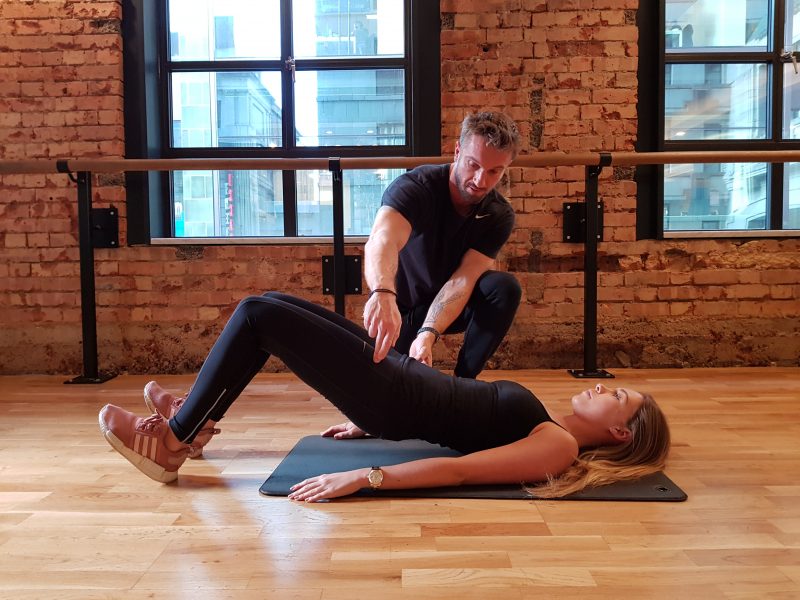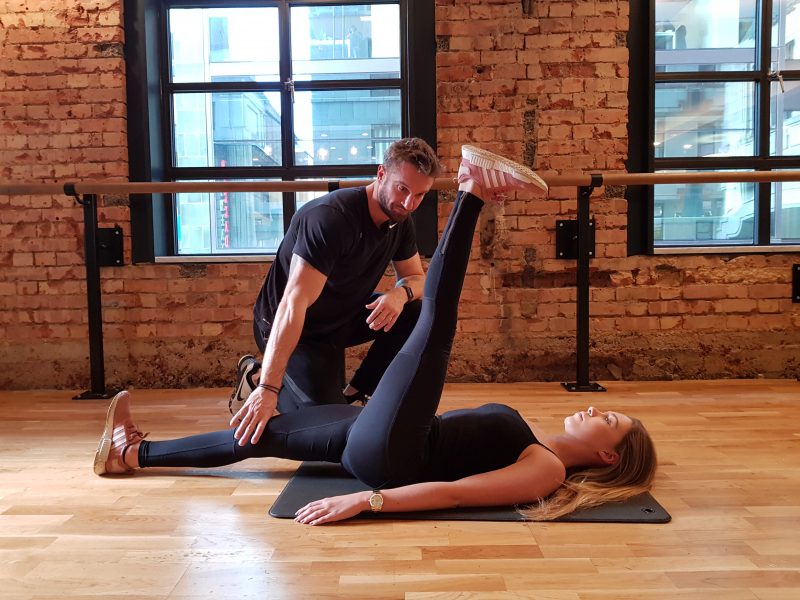Elite Trainer Luke Worthington explains why you need a new approach to finally cure this common gym niggle.
Training is tough. If you’re in the gym four times a week then chances are you hurt. Spinning will leave you with leaden legs and the WOD will leave you sore, well, everywhere. And one of the most common complaints is tight hamstrings, which leaves plenty of members stretching for their toes in search of some relief.
But there are a number of reasons a muscle can feel tight. True, they may actually be short and in need of post-workout stretching, but it’s more likely that the tension is protective. The tightness may well be a physical response to a weakness or alignment issue elsewhere and, by tightening up, prevents you from doing more serious damage to another muscle or joint. The body is bloody clever, isn’t it?
So how can you tell what the problem is? You do an assessment, that’s how. As the saying goes: “If you aren’t assessing you’re just guessing.”
And so, if you are one of the many suffering from the ‘tight hamstring’ epidemic, try this simple self assessment and correction.
Take a look at the line of your shorts or leggings from the side. If you note a significant downslope on the waistband from back to front you are likely to be sitting in an anterior pelvic tilt.

Next, perform an active straight leg raise – take a note of where you get to.

Now perform an isometric hamstring bridge with a neutral pelvis (which basically means tuck your butt under your hips slightly), take 6-8 deep diaphragmatic breaths with a forceful exhalation. This will ensure that firstly you aren’t holding your breath, and secondly that you’re getting some core activation in the corrected position.
If you can raise your leg higher on the re-test you have given yourself increased range of motion and loosened your hamstrings without actually stretching them. Strange, right?
Don’t be confused – all this means is that the restriction was as a result of protective tension. The hamstring activation exercise above allows it to ‘switch off’ and permit a movement that was previously considered threatening.
So what now? Well, stop stretching for a start. The more you stretch the hamstring without strengthening it, the weaker it becomes, and the more susceptible you become to injury. Instead, start every session – especially legs day – with some hamstring activation. This is a simple fix for tight hamstrings, but it’s only a temporary measure. It’s buying you some time, basically, until you find the route of the problem.
Your hamstrings have switched on ‘protective tension’ measures because of a weakness elsewhere. It’s all part of a wider lesson for every gym-goer– just because something hurts, it doesn’t mean that’s where the problem is. Instead, book yourself in for an assessment with a PT and allow them to run the rule over you. Hips can cause back pain; hell, in some cases your feet can be the cause of your neck pain – and a professional pair of eyes is the best way to ensure that your tackling the <true> problem area with a proper training plan.
Because, remember (say it with me, everyone!): “if you’re not assessing, you’re just guessing!”










